Affiliate links on Android Authority may earn us a commission. Learn more.
Xiaomi 12 Ultra: What we want to see
April 16, 2022
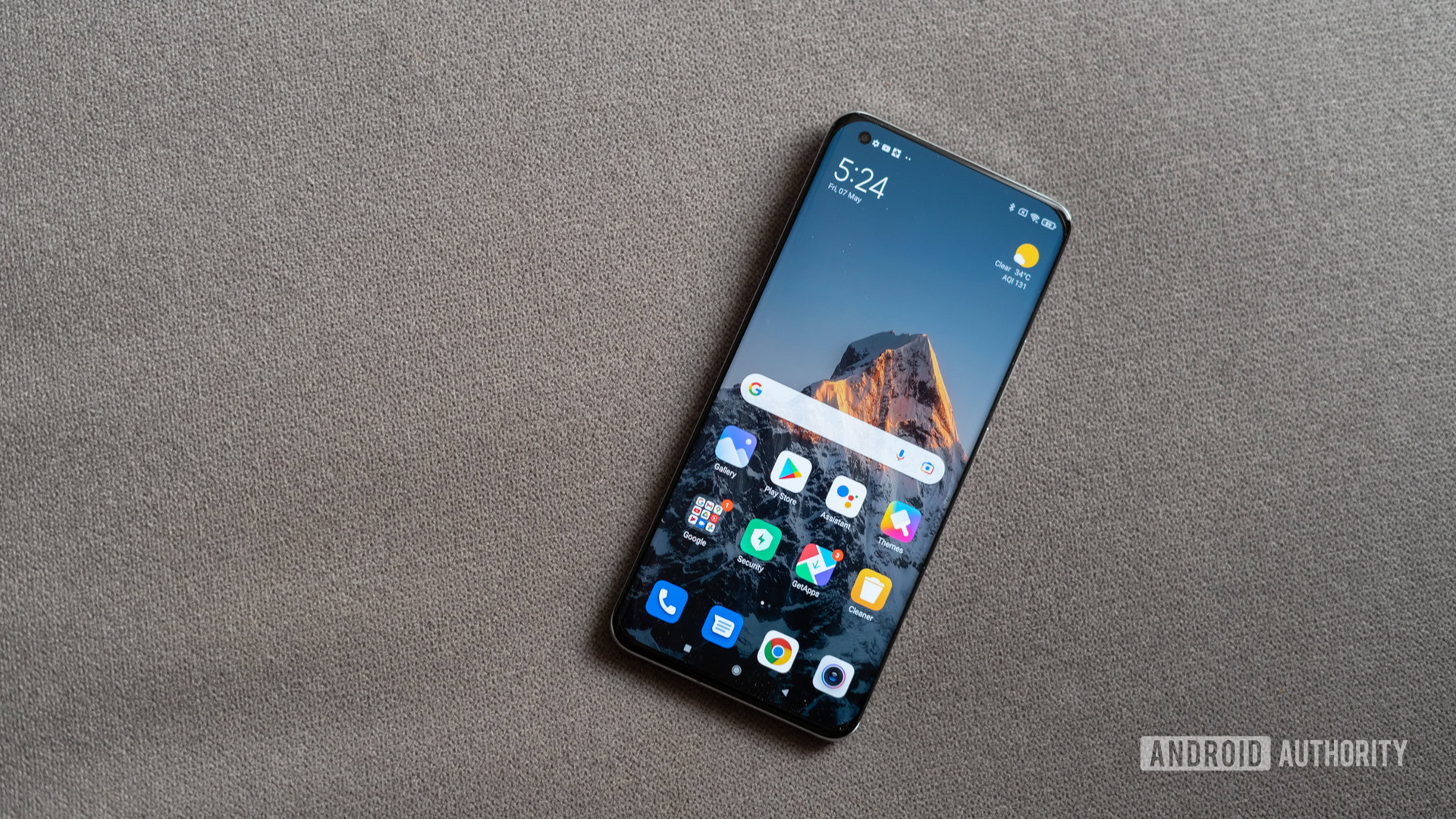
Xiaomi’s Ultra series showcases some of the best mobile technology around. We’re eagerly awaiting the arrival of the Xiaomi 12 Ultra, having been sufficiently impressed with 2021’s Xiaomi Mi 11 Ultra. That said, the phone had a few gimmicks thrown in and was very expensive at launch, so there are certainly aspects to improve for the next generation.
We haven’t been as captivated by 2022’s Xiaomi 12 Pro, which we felt falls just a little short of the competition. Perhaps the bigger and more expensive Ultra can show us what the company is truly capable of? Here’s what we’re hoping to see from the Xiaomi 12 Ultra when it arrives in the coming months.
Read more: Xiaomi 12 Pro review — Power over polish
A refined camera package
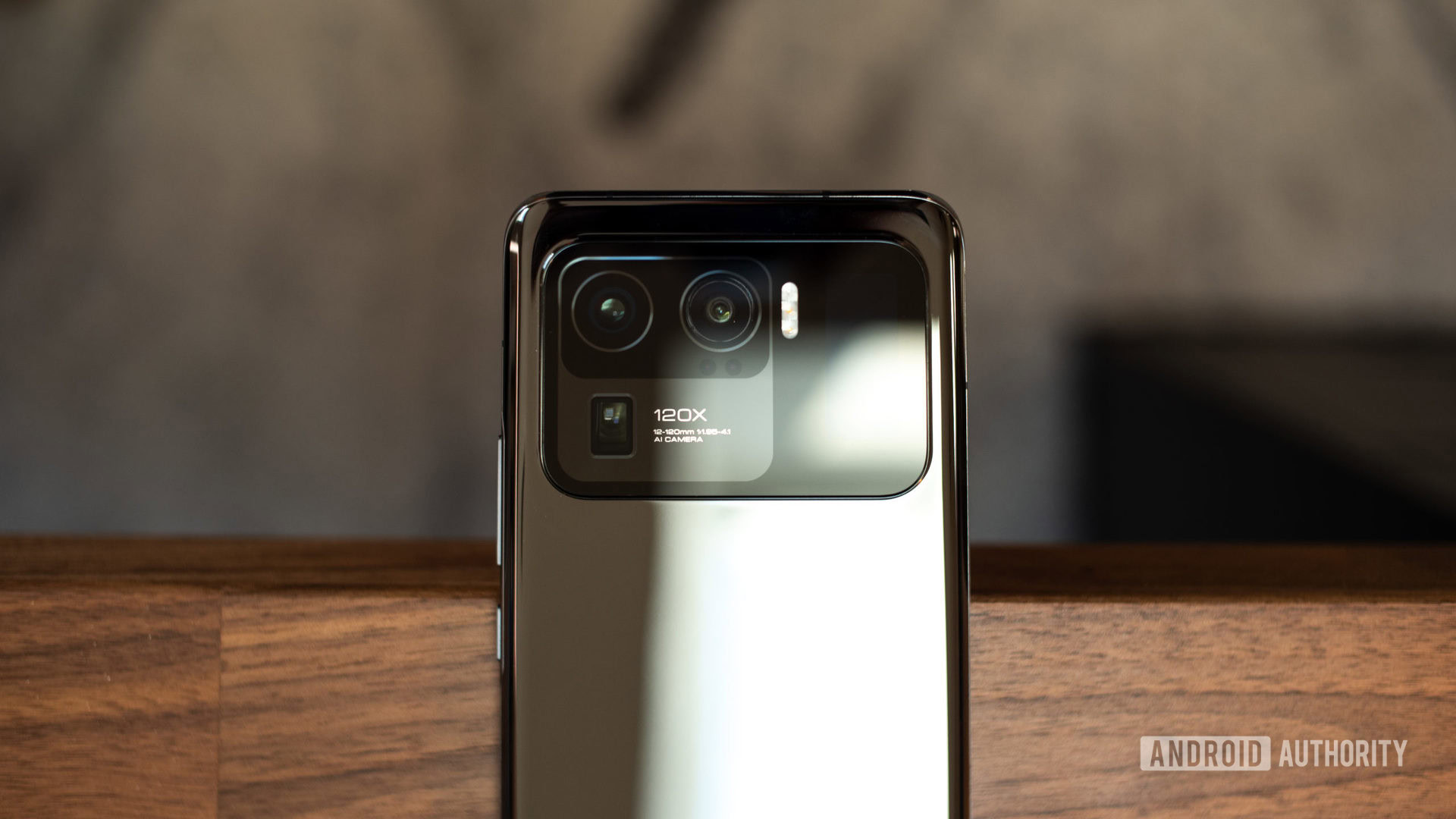
The Mi 11 Ultra’s camera package is already one of the best, but there’s always room for improvements. The phone boasts a large 1/1.12 Samsung Isocell GN2 primary sensor with excellent low light capabilities and a robust 5x zoom lens with excellent digital upscaling that works wonders until about 20x. So more of that, please, Xiaomi. However, we were less sold on the phone’s warped ultrawide capabilities and a comparatively poor selfie camera. We’d love Xiaomi to patch up those problems to make the 12 Ultra the very best camera you can buy.
See also: 2021 smartphone mega camera shootout
Some improvements are rumored to be in the works. The 12 Ultra will, apparently, ship with a new and even larger 50MP 1/1.1-inch Sony IMX707 sensor. If true, the best could be about to become even better. Similar reports point to unchanged specifications from its predecessor for the ultrawide and zoom image sensors, so we’re not expecting wholesale changes in the rear camera department.
That said, reining in the ultrawide camera’s distortion and field of view with a new lens would be at the top of my list. There is such a thing as too wide, and no one wants a warped look to their images. Likewise, an improved selfie camera is a must, even though you can use the secondary screen to frame selfies with the rear camera.
More uses for the secondary display, or drop it
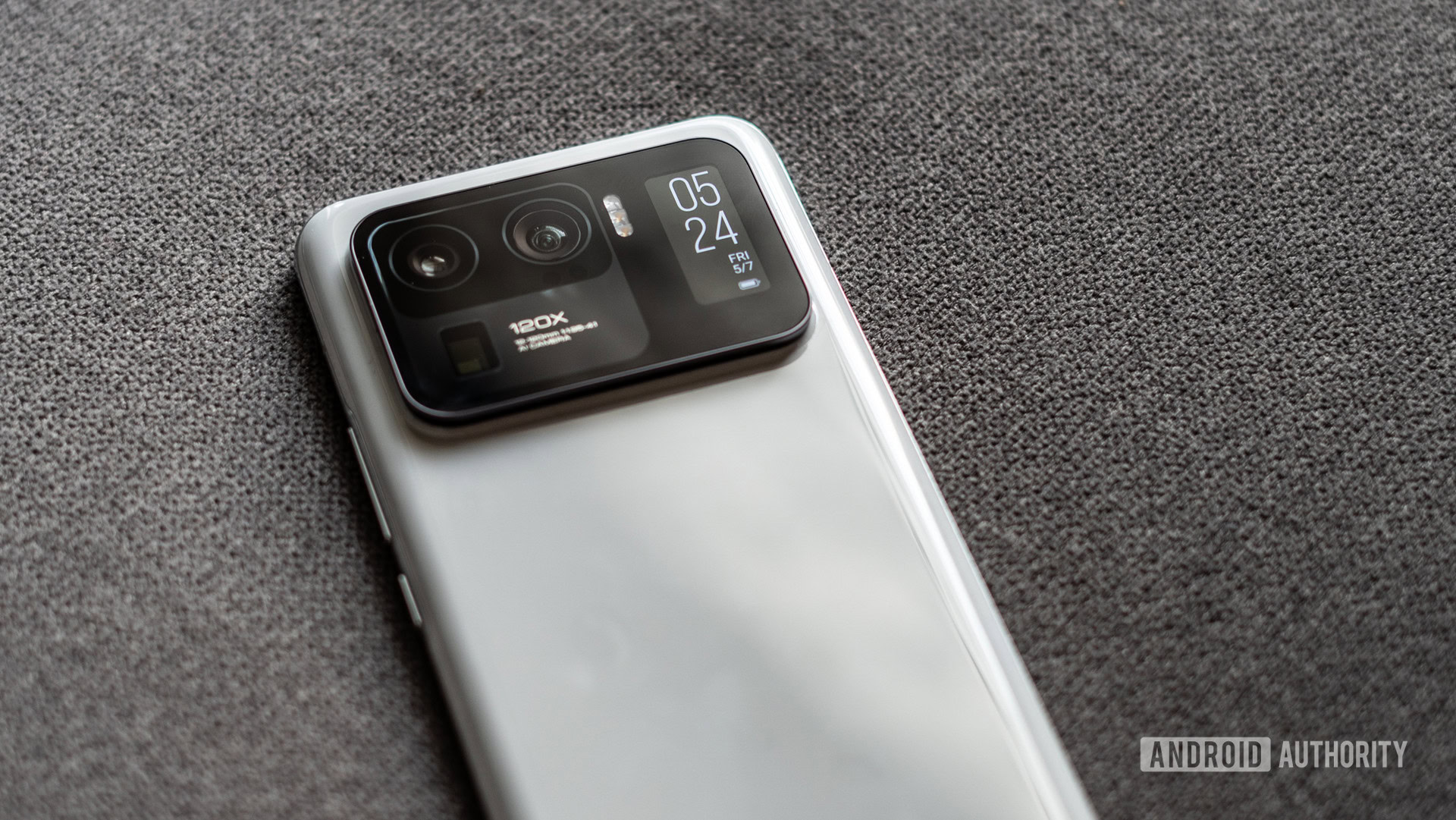
Speaking of which, if the Xiaomi 12 Ultra sticks with the secondary rear display setup, it needs to be more useful than the first iteration. The Mi 11 Ultra lets you use the 1.1-inch AMOLED screen to preview selfies, display the time and battery life, skip music tracks, and monitor incoming calls when the phone is face down. All neat features but not exactly a game-changer to your everyday experience.
There were plenty of problems too. For example, you couldn’t use the secondary screen and capture video initially, something Xiaomi sort of addressed but even now, it only works with video for 15 seconds. The display is also quite low resolution and rather dim, which somewhat took the shine off the experience. Ultimately, it’s just not a very big space for interacting with apps and what’s supported is very limited. A step counter, quick message replies, calendar reminders, or tap for Google Assistant, are just ideas off the top of my head that would make this secondary display more worthwhile.
How about: I found the perfect use case for Wear OS, but it’s not a watch
That said, I’d drop the second screen altogether. It’s just extra bulk that makes an already huge phone all the more unwieldy. Plus, it’s not like the front of the phone is exactly out of reach anyway.
Get that processor heat under control
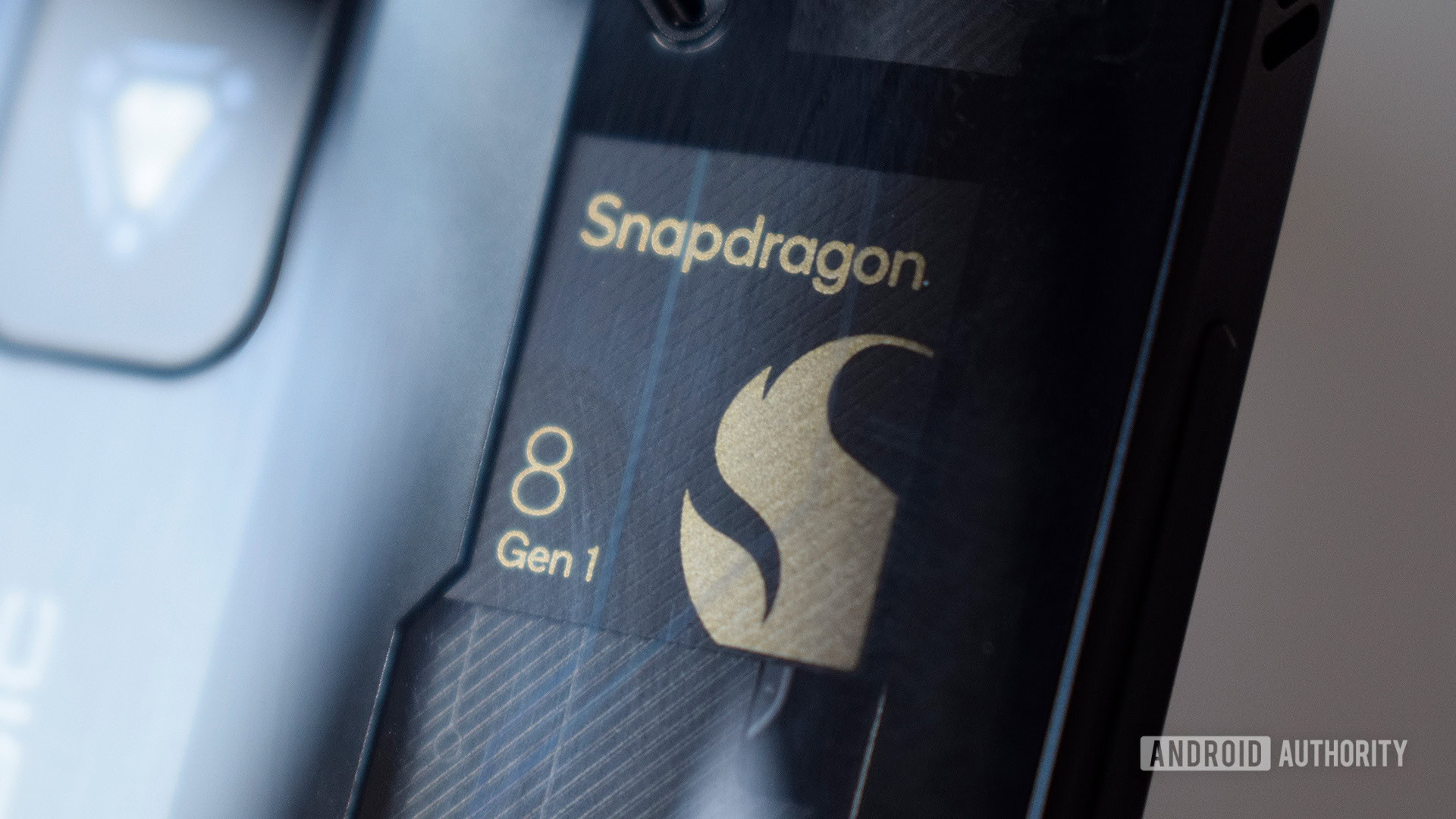
It’s all but guaranteed that the Xiaomi 12 Ultra will sport Qualcomm’s powerhouse Snapdragon 8 Gen 1 processor. That’s all fine from a performance perspective, but the chip has turned out to be a little too hot to handle. So much so that brands have had to resort to paring pack performance to keep heat and power consumption under control.
Last year’s Mi 11 Ultra prioritized peak performance, as you’d expect, and ran quite hot. We’ve seen the same from this year’s more affordable Xiaomi 12 series handsets. The Pro model we reviewed runs even hotter than other 8 Gen 1 phones, even with its graphite cooling solution. We weren’t sold on the handset’s battery life either.
Up next: There’s a good reason your phones are throttling your apps
No one likes the word “throttling,” but balancing performance against battery life is now essential for powerhouse phones to make it through a full day of moderate to heavy use. Xiaomi would do well to rein in its ambitions for peak performance and make sure the phone runs cool and for more than one day on a single charge.
A more lightweight design
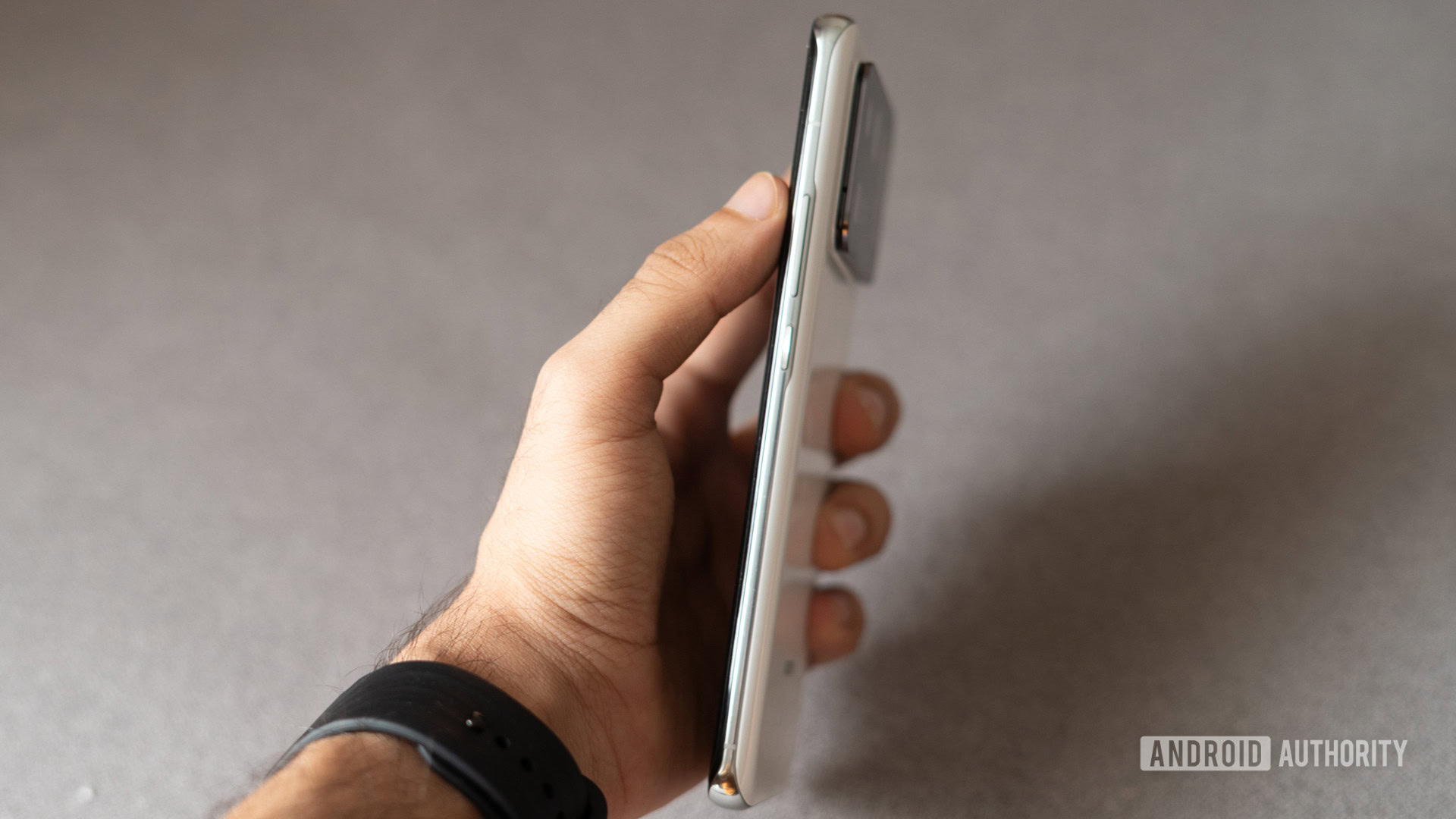
By definition, Ultra smartphones pack in everything but the kitchen sink, but that almost always comes at the expense of an overly bulky handset. The Galaxy S21 Ultra and iPhone 13 Pro Max shared this problem, as does Xiaomi’s Mi 11 Ultra at a chunky 234g.
I’m not suggesting Xiaomi opt for a compact form factor with the Xiaomi 12 Ultra. After all, the phone’s large camera sensors and huge battery have to fit somewhere. Plus, we liked the fit and finish of last year’s model. But there’s an art to crafting a phone that feels smaller than it really is. Ditching the camera island’s sharp edges, smoothing out some curves, and balancing the weight more to the center would help immensely. The OPPO Find X5 Pro, for example, is only millimeters smaller than the Mi 11 Ultra, yet feels much nicer to hold.
Undercut the big players in the West
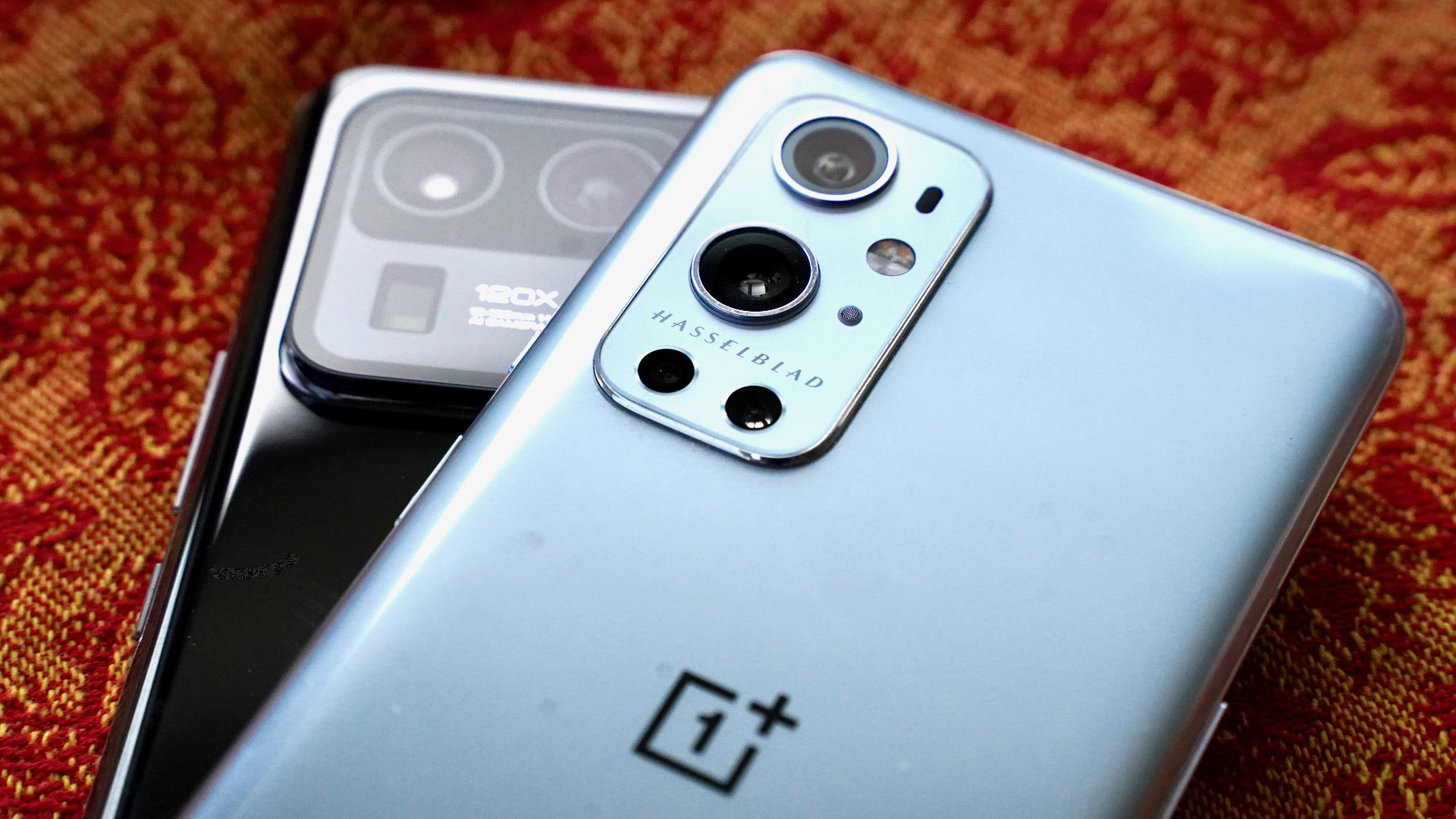
Price is the low-hanging fruit on every wishlist, but there’s been somewhat of a discrepancy in Xiaomi’s global pricing strategy for the Ultra series. In India, the Xiaomi Mi 11 Ultra retailed for the same price as the OnePlus 9 Pro (Rs. 69,999, ~$950), which was hundreds of dollars cheaper than the Samsung Galaxy S21 Ultra cost at the time. However, the phone sold for €1,199 in Europe, making it the same price as a top-of-the-line iPhone or Galaxy.
Yes, the upcoming phone will be a technological powerhouse and will hopefully see the same three years of OS and four years of security updates as the Xiaomi 12 series. But €1,199 is too expensive for Western audiences. The Xiaomi 12 Ultra will have to be cheaper to shift units.
Read on: Xiaomi Mi 11 Ultra review revisited
Let’s face it, Apple and Samsung command a certain brand recognition and trust that factors into their high prices. As great as Xiaomi’s hardware may be, the brand doesn’t have the same clout in the West. Undercutting the competition by just $100 could carve the Xiaomi 12 Ultra out a loyal fanbase for years to come.
Which of the following would you like most from the Xiaomi 12 Ultra?
That’s everything we want to see from the Xiaomi 12 Ultra to make it a must-have smartphone. Is there anything else you’d like to see from the handset when it launches later this year? Let us know in the comments below and vote in our poll to let us know what you’re on the lookout for.